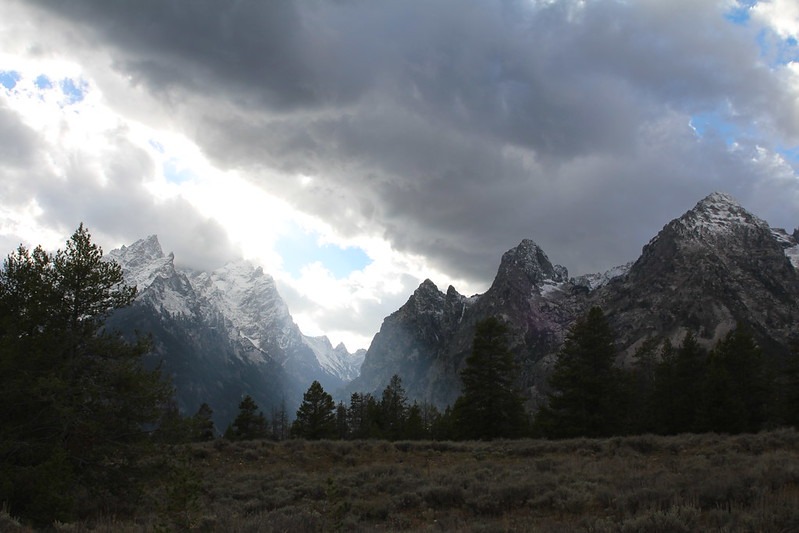
by Dr. Ed Brenegar | Mar 28, 2020 | Circle of Impact, Community, Conversation, Conversations, Questions, story, The Pressing Issues, Transition
We are living in a time of uncertainty. How do we find ways to counter the experience of fear, anxiety, and self-doubt? We need a story that affirms who we are and reminds us of what matters to us. Our story is there for us when uncertainty seems to be at its most intense and alienating.
I’m offering a webinar to address the fear and anxiety that has grown exponentially because of the coronavirus crisis.

by Dr. Ed Brenegar | Jan 6, 2020 | Book, Circle of Impact, Conversations, Ideas, Impact, Questions, Relationships, Transition, Uncategorized
Transition is a central experience of all of our lives. It is also one of the most misunderstood. We know that we proceed through our lives as a succession of days, weeks, months and years. For many of us, we see this only as a process of aging. We grow older. Our...

by Dr. Ed Brenegar | Aug 28, 2019 | Circle of Impact, Fragmented, Ideas, Impact, Relationships, Transition
Sometimes, we don’t know what we don’t know. We can’t see what has not been shown to us. Our past experience is not sufficient to explain what we are experiencing right at this moment.
Yet, if we listen and pay attention, we’ll see that we are in transition. We may only know it intuitively. We feel it in our gut.
People tell me every day that they are in transition.
Yet, when I ask them what they mean, they often don’t have the right words to describe it.
They feel a conflict between their sense of being in transition and the social pressure to be strong and cool.
We need to manage our transitions without conversation. When we talk, we need to be guided by a framework that helps us understand where our individual transitions are leading.

by Dr. Ed Brenegar | Jul 3, 2019 | Circle of Impact, Community, Ideas, Impact, Relationships, Structure
“I was thinking the same thing,” Brenda said several times during our conversation. Our chat was about the chaos in her life and how she could make a difference in her world. We were standing at the front of a bookstore where I was signing books. As Brenda and I...

by Dr. Ed Brenegar | Jun 21, 2019 | Circle of Impact, Community, Impact
“Being a change creator is a mindset utilizing a specific skill set focused on impact. Instead of asking, ‘What does it take to create a happy customer?’ ask, ‘What is the impact that we want to create for our customer?’ When we have a change mindset, we see the difference. We see how what we do creates that difference. We communicate that difference so that we can strengthen our relationship with our customers. We change to adapt ourselves to the needs of our customer. By recognizing this changing difference, we begin to grasp that we are always in transition. “ – Circle of Impact: Taking Personal Initiative To Ignite Change, p. 175.






